Project-based learning (PBL) is far from a new fad - it has been around much longer than most of us would imagine. In fact, PBL has been around a lot longer than structured learning, as inevitably, PBL puts learners in the situation of needing to solve a problem, challenge or complex question, much as people have been in real-life problematic situations throughout time.
Media Studies is a terrific subject, one that can offer terrific insight into journalism, the arts and more. Andrew Miller, teacher of Creative Media & Film at Queen Mary's College in Basingstoke, looks at why the subject is seen as being soft, and what Media Studies teachers can do to change that.
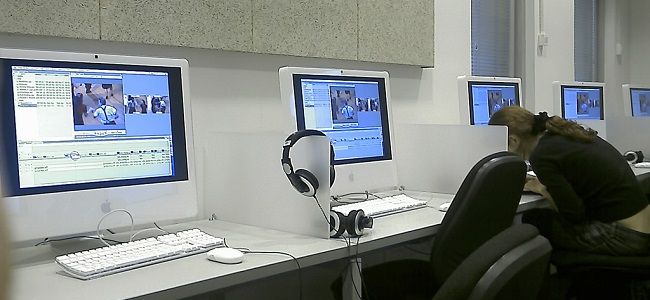
With a new academic year comes a new cohort of AS Media Studies students, and I ask them to produce a 750-word essay entitled ‘Why I chose Media Studies’. This introductory activity is aimed to give me an insight into each learner’s writing ability and style, but it has proven to have other benefits. The majority of learners will write about how the Media industries are an important part of the world that act as a force of good, but many have written about how they had to do another subject to make up a full programme, and how the person doing their enrolment said Media Studies would be “easy”.
How can you get the most out of your pupils? Do you make sure that their days are strictly regimented, in order to make sure a curriculum is thoroughly covered? Or do you, as Kriscia Cabral ponders, throw seating plans to the wind in order to give students a psychological boost?
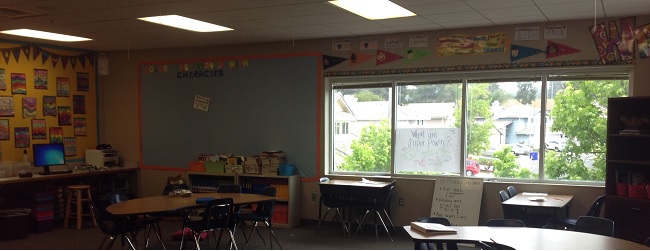
I’ve had a number of conversations with my colleagues about no assigned seating in the classroom. I made some attempts around this idea last year; however, at the start of this year I decided to go full throttle. And I am so glad that I did. Allowing my students to come in every morning and have a choice is the first empowering decision they get to make in their day. Not only to do I no longer have the task of rearranging my seating on a monthly basis, I don’t have to waste valuable learning time with finding order in the classroom again.
At the beginning of the year I wrote a post for Scholastic discussing the design of my room. I talked briefly about the seating, but I’d love to highlight here how you can take small steps along this amazing journey to classroom seating freedom.
There are many different schools and theories on how to hone one’s writing technique. To discuss this further, Innovate My School regular Shaun Allison discusses a method developed by his peer Gav McCusker.

[English teacher Gav McCusker] has been developing a writing technique with his students that he refers to as ‘layered writing’. The inspiration for this was from great painters. In order to come up with an excellent piece of art as an end product, they build the painting up in layers. This slowly increases the complexity and depth of the painting with each layer. The following video clip demonstrates this nicely:
So how does the technique work?
Firstly, a discussion with the students about every artist needing a palette, in order to create a painting.
During this discussion, stress the point that the artist, like any craftsman/craftswoman, works carefully and slowly to do this – with concentration, patience and perseverance.
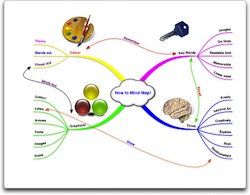
As my teaching has developed over the past two years I have focused more and more on creating a thinking classroom. Beginning with learning mind maps in my first school to reading everything from Buzan to DeBono to Bloom to Costa, is it now a staple of my teaching. It is hard to believe anyone teaches without teaching critical thinking.
The longer I teach, however, the more I realise that not everyone is comfortable teaching these vital higher order thinking skills. As a result, I have found myself showing a number of other teachers how to implement thinking tools in the classroom. Of course, most people have heard of the Six Thinking Hats, or Mind Mapping, or the Habits of Mind, but not everyone is confident in using them effectively. Below are the ways that I use various thinking tools in my classroom, and have found successfully improve students’ critical thinking skills.
It may be somewhat of an unspoken truth that some teachers instantly gauge the students' attention, whether by mastering their own pedagogy or just looking slightly scary, while others are simply swamped by a mass of bellowing noises and propelled objects. Maybe a tad too stereotypical.
There is no substitute, nevertheless, as Deputy Head Shaun Allison points out, for teachers to discuss their methods and build up each other's capacity for future development. It is the most original form of collaborative CPD and as such has potential to be the most effective. It raises morale as a team, boosts confidence for implementing new strategies and encourages constructive feedback. In his post, Shaun provides a framework, a case study and additional benefits of coaching:
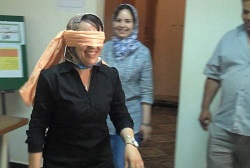
In 2009, I was fortunate enough to have a book published – The Coaching Toolkit. At the time I had been doing a great deal of work with my co-author, Mike Harbour, to set up coaching in the school where I was working. We started off with a group of interested staff and then grew it across the school – with a great degree of success.
Four years later, in a new school and a very different context, we are looking to launch coaching again. It will be the main driver for CPD in 2013-14, with a view to using our own staff to develop consistently brilliant teaching across the school. Time slots will be put aside throughout the year for colleagues to meet in pairs to have a co-coaching conversation.
Photo credit: cambodia4kidsorg
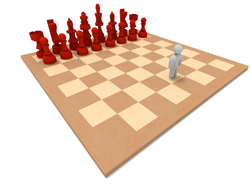
Teaching strategies refer to methods used to help students learn the desired course contents and be able to develop achievable goals in the future. Teaching strategies identify the different available learning methods to enable them to develop the right strategy to deal with the target group identified. Assessment of the learning capabilities of students provides a key pillar in development of a successful teaching strategy.
After analysing the target learners, teachers can choose from the following teaching strategies to ensure maximum output is achieved with their class:

A community-driven platform for showcasing the latest innovations and voices in schools
Pioneer House
North Road
Ellesmere Port
CH65 1AD
United Kingdom